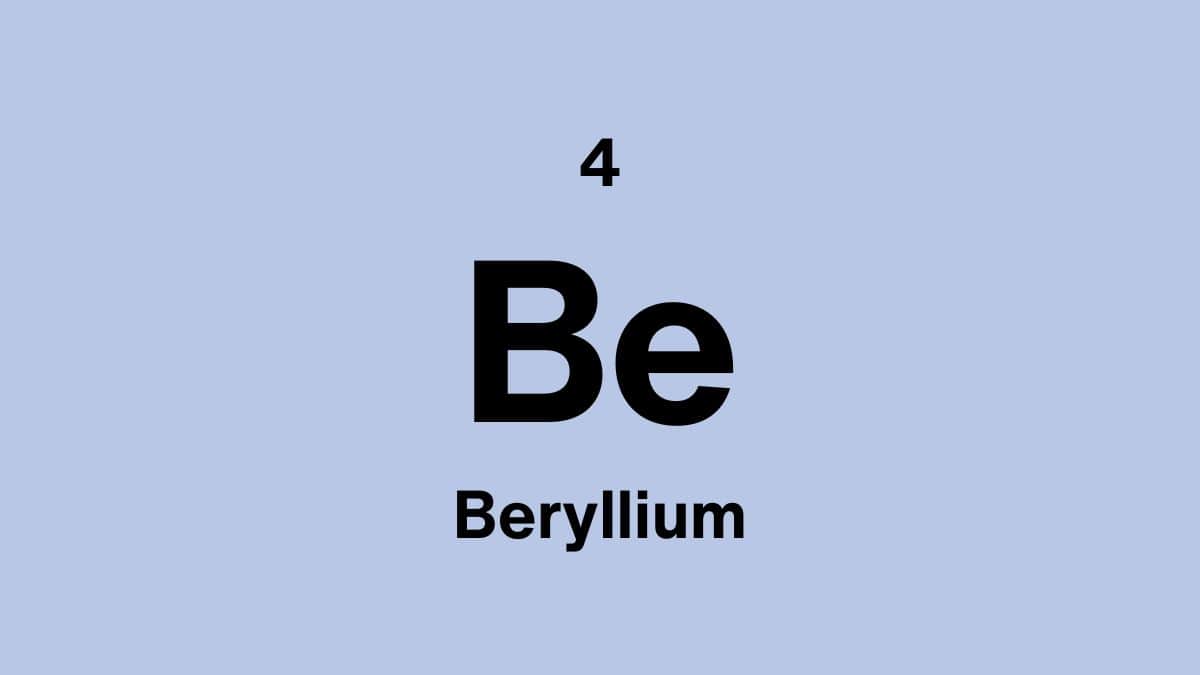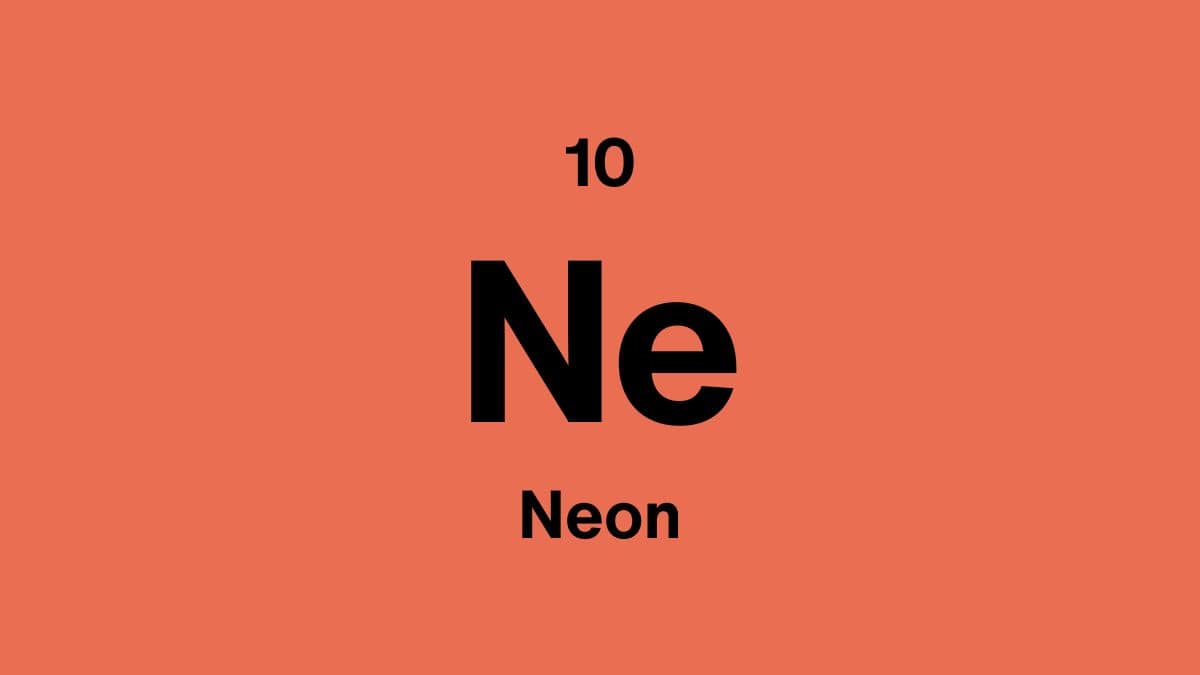Palladium Uncovered: The Metal Behind Catalysts and Electronics
Palladium is a soft, silvery-white metal in the platinum group, highly valued for its excellent corrosion resistance and catalytic properties. It is widely used in automotive catalytic converters, electronics, hydrogen storage, and jewelry.
In this article, we explore palladium's properties, occurrence, industrial applications, and main compounds.
Properties of palladium
| Atomic Number: | 46 |
| Atomic Symbol: | Pd |
| Atomic Weight (amu): | 106.42 |
| Electronegativity: | 2.20 |
| Melting point: | 1554.9°C | 2830.8°F | 1828.1K |
| Boiling point: | 2963°C | 5365°F | 3236K |
What does palladium look like?
Palladium is a silvery-white metal with a metallic luster, smooth and reflective, typical of platinum-group metals.
Will we ever run out of palladium?
Palladium is rare and mainly sourced from nickel and platinum mining. Recycling catalytic converters and electronics helps maintain supply.
Can palladium be recycled
Yes, palladium is commonly recovered from used automotive catalytic converters, electronics, and jewelry.
Where can palladium be found?
Palladium is found primarily in platinum ores, nickel ores, and as a byproduct of copper refining. Major producers include Russia, South Africa, Canada, and the United States.
Is palladium expensive?
Yes, palladium is expensive due to its rarity, high demand in automotive catalytic converters, and specialized industrial applications.
Does palladium have a biological role?
Palladium has no known biological role. Its significance lies in industrial, catalytic, and electronic applications.
What is pure palladium used for?
- Automotive Catalysts: Palladium is key in catalytic converters to reduce vehicle emissions.
- Electronics: Used in multilayer ceramic capacitors, connectors, and plating.
- Jewelry: Valued for its bright, corrosion-resistant appearance and hypoallergenic properties.
- Chemical Catalysis: Employed in hydrogenation, carbon-carbon coupling, and organic synthesis reactions.
What are the main compounds with palladium?
- Palladium(II) Chloride (PdCl2) : Widely used in chemical catalysis and organic synthesis.
- Palladium Acetate (Pd(C2H3O2)2) : A versatile catalyst in cross-coupling reactions like Suzuki and Heck reactions.
- Palladium Alloys : Combined with silver, platinum, or gold for jewelry, electronics, and dental applications.
Who discovered palladium?
Palladium was discovered by English chemist William Hyde Wollaston in 1803 while processing platinum ores from South America. He named it after the asteroid Pallas.
Is palladium dangerous?
Palladium metal is generally considered safe. Some palladium compounds can be toxic, so handling precautions are required in laboratories.
Fun facts about palladium
- Palladium is the least dense of the platinum-group metals, making it valuable in automotive catalysts.
- It absorbs hydrogen up to 900 times its own volume, useful in hydrogen storage and purification.
- Palladium was a key metal during the 2000s due to automotive catalyst demand, sometimes surpassing platinum in price.
- Palladium plating is used in electronics to enhance conductivity and corrosion resistance.
Scientific data verified from RSC, Britannica, and the Minerals Education Coalition.



